Chinese New Year is a time of transition between the past and the present, where tradition lives on in the hearts of the people. When the plum blossoms are in full bloom, a joyful and warm atmosphere pervades the landscape, creating a scene of color and hope. It is not only a time for family reunions, but also an occasion for people to remember and cherish rich cultural values.
1. Brief introduction to Chinese Lunar New Year
Bustling Chinese New Year atmosphere (Photo source: Collected)
Chinese New Year, also known as Spring Festival, is the most important holiday of the year, celebrated on the first day of the first lunar month. This is a sacred moment for families to reunite, gather together and pray for a new year of peace and prosperity.
The festival atmosphere lasts for 15 days, from the new moon to the full moon night of the first lunar month, always filled with colors and laughter, from reunion parties to lion and dragon dances. Lunar New Year is not only the beginning of spring, but also an occasion for Chinese people to honor their ancestors, express their wishes for the future, creating a warm atmosphere, full of love and hope.
2. Traditional customs during Lunar New Year in China
Chinese New Year is a special festival, associated with unique customs that are deeply rooted in the culture. These traditions not only show respect to ancestors but also strengthen family ties, bringing hope and joy for the new year.
2.1. Enjoy dinner and celebrate New Year's Eve with family
Chinese New Year is not only a grand celebration, but also a sacred moment marking the transition between the old and the new year. On New Year’s Eve, families gather for a reunion dinner, where everyone enjoys lucky foods such as fish, dumplings, and nian gao. Burning incense to pay respect to ancestors and wishing each other well, each activity contains profound cultural values, creating a warm and cohesive atmosphere.
2.2. Wear red clothes
The custom of wearing red clothes has a special meaning during Tet (Photo source: Collected)
Chinese New Year is a colorful festival where the custom of wearing red is a symbol of good luck and happiness. From children to adults, everyone dresses up in bright clothes, wishing for health and prosperity for their families. In addition, red lanterns and parallel sentences hanging everywhere not only beautify the space, but also carry with them the wishes for a prosperous and peaceful new year.
2.3. Giving lucky money and red envelopes
Giving meaningful red envelopes on Tet holiday (Photo source: Collected)
Chinese New Year is not only a time to welcome the new year but also a time to express unique customs, the most prominent of which is giving red envelopes or hong bao. Red, symbolizing wealth and prosperity, carries good wishes from adults to children and the elderly. The envelopes usually contain lucky money, showing care and blessings for the recipient.
2.4. Visiting relatives and friends
Indispensable customs during Lunar New Year (Photo source: Collected)
Chinese New Year is not just a festival, but a meaningful time where family ties are strengthened and wishes are shared. On the first day of the New Year, people often visit friends and relatives, bringing meaningful gifts such as candy and fruits to show respect and affection. The act of giving red envelopes, accompanied by good luck wishes, is an indispensable traditional beauty, symbolizing the hope for prosperity and success in the new year.
3. Typical and meaningful dishes during Lunar New Year in China
Diverse Tet dishes carry new year wishes (Photo source: Collected)
Chinese New Year is not only a time for family reunions but also a time to enjoy meaningful cuisine . Traditional dishes carry the hope of a peaceful and prosperous new year. Here are some of the most popular dishes for Chinese New Year:
- Fish: A traditional dish symbolizing prosperity and good fortune. The fish is often prepared in ways such as steaming, frying or braising, and a portion must be left over for the first day of the year, reflecting the proverb "niên niên hữu dục" (there will be a surplus every year).
- Nian gao: Made from glutinous rice, Nian gao is light brown in color and is usually steamed. It symbolizes not only prosperity but also gratitude to ancestors and the past.
- Tangyuan: This dessert symbolizes family reunion and togetherness. Each ball of sweet soup carries a warm flavor, expressing love and hope for a peaceful and prosperous new year.
- Longevity noodles: Long, thin noodles symbolize health and longevity. Eating noodles during Tet is believed to bring good health and a long life to everyone in the family.
Chinese New Year is not only a festival, but also a journey to discover a rich culture. Join Vietravel to experience unique customs, from firecracker festivals to traditional dishes, to immerse yourself in this brilliant festive atmosphere.
Source: https://www.vietravel.com/vn/am-thuc-kham-pha/tet-nguyen-dan-o-trung-quoc-van-hoa-trung-hoa-v15946.aspx


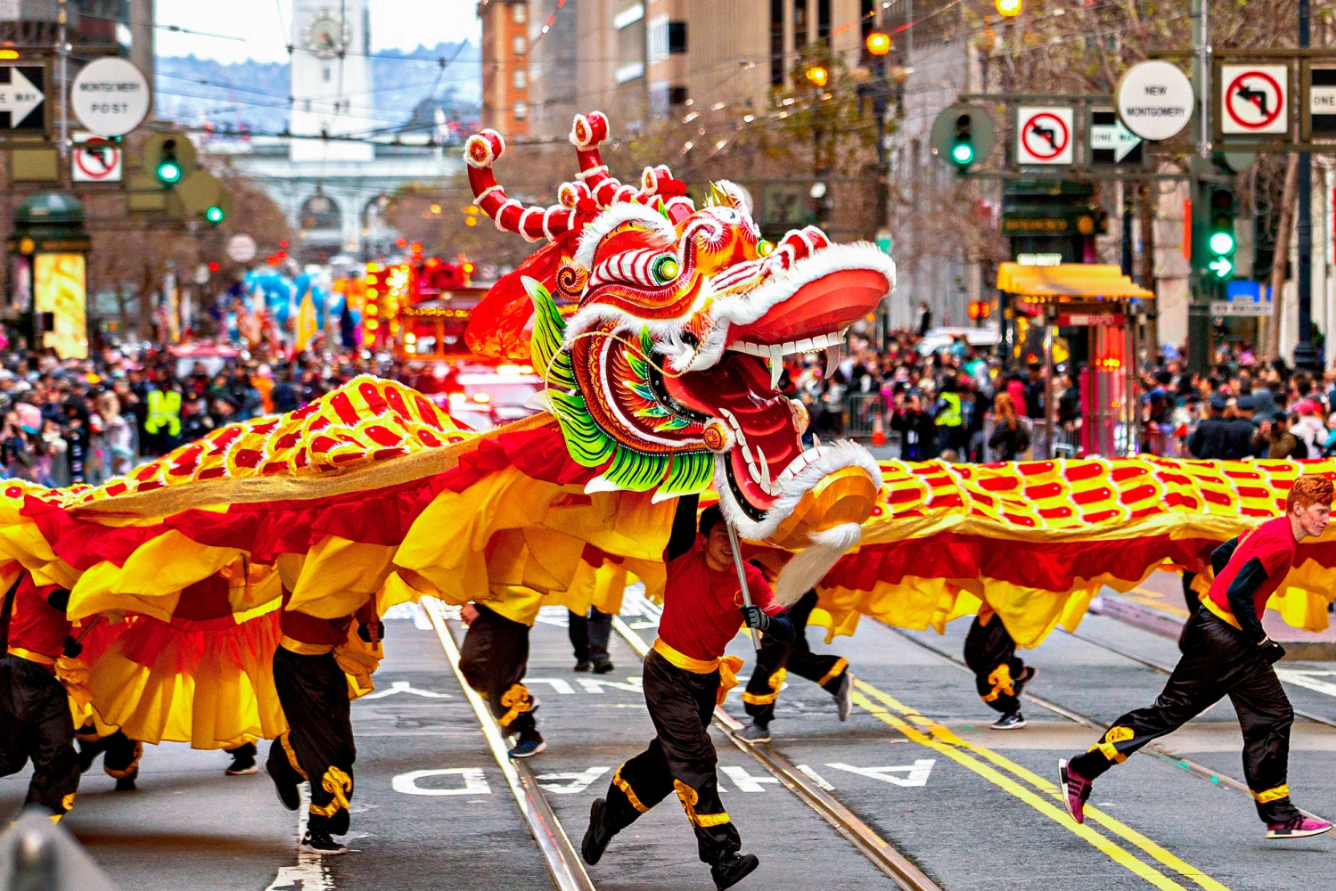
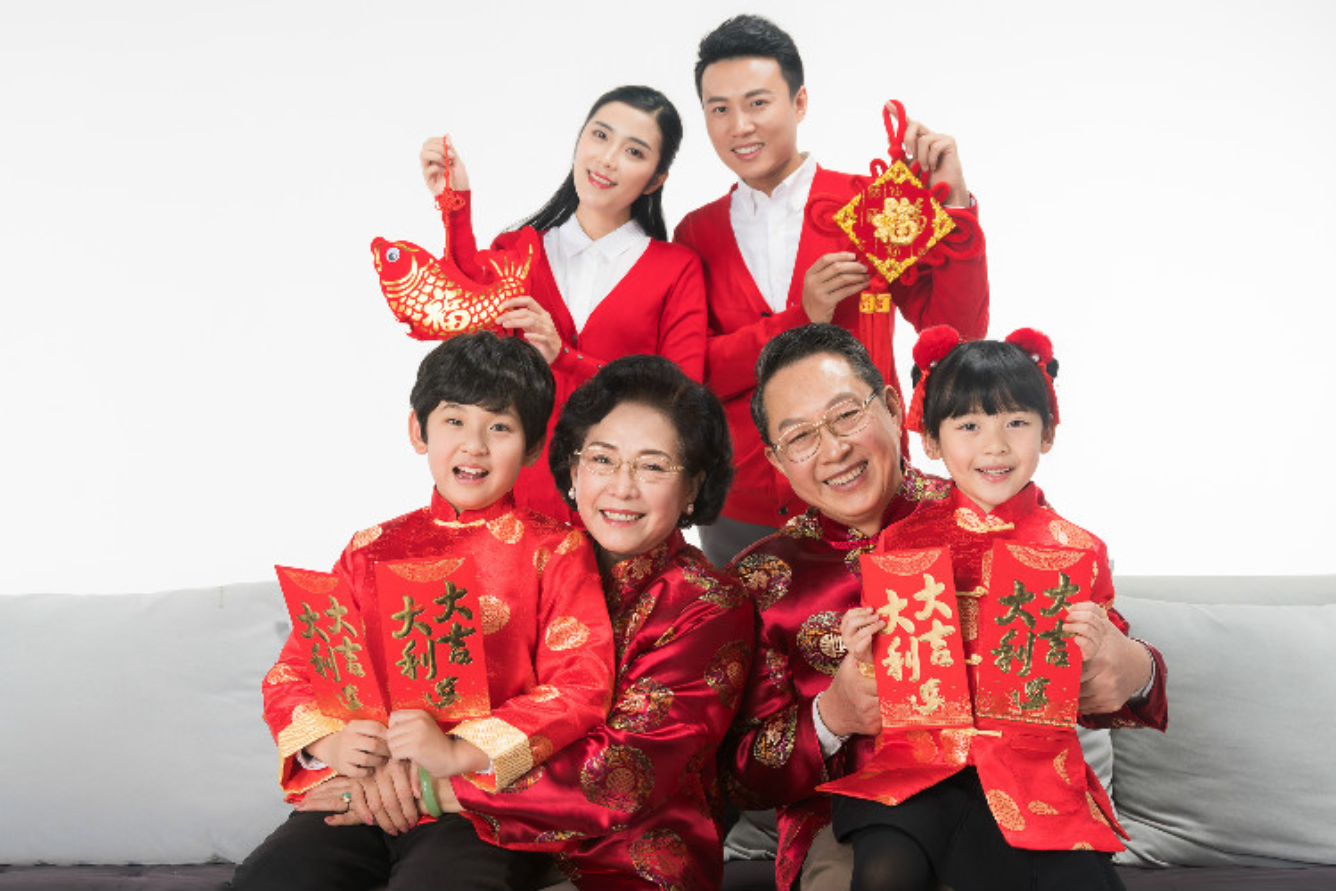
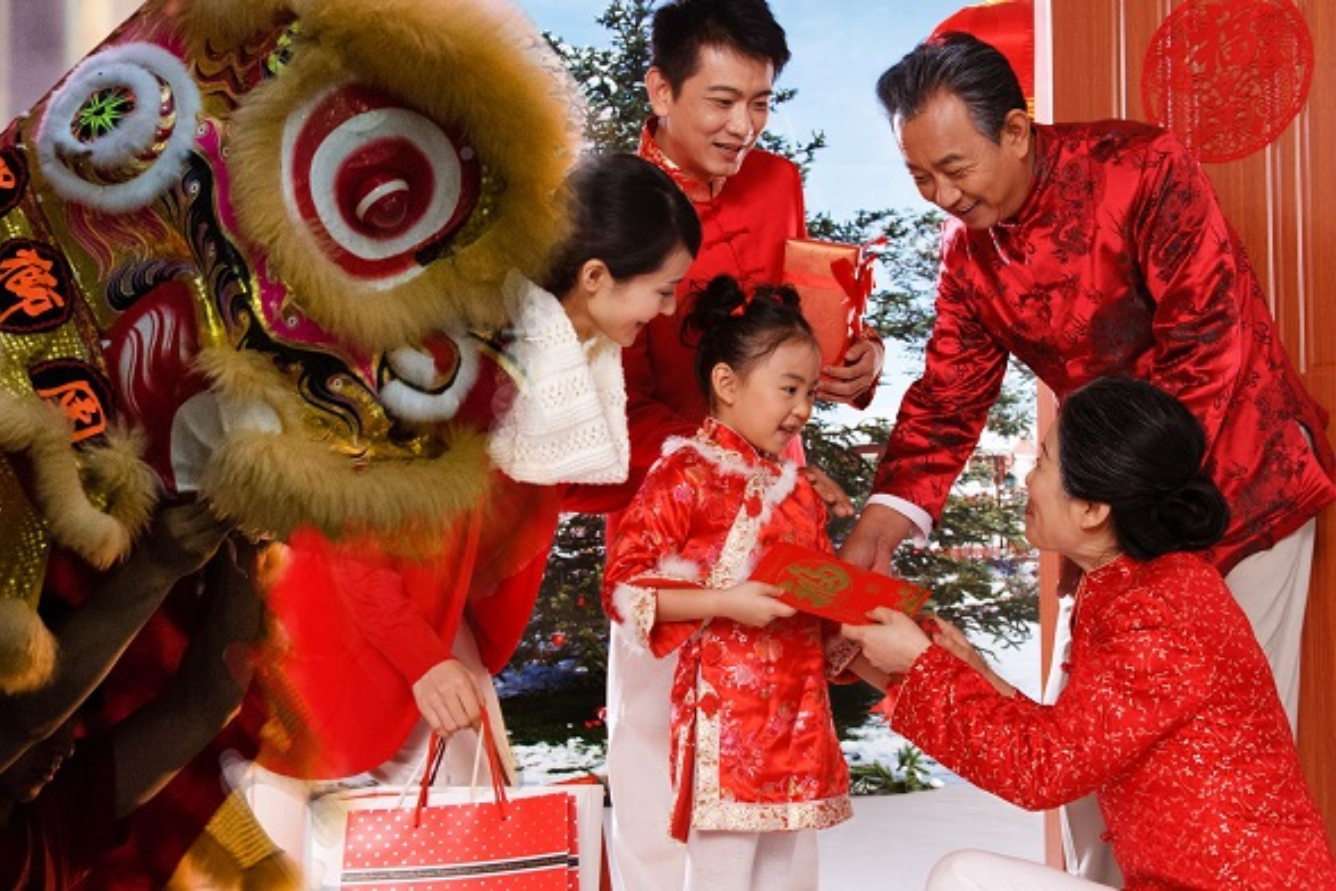

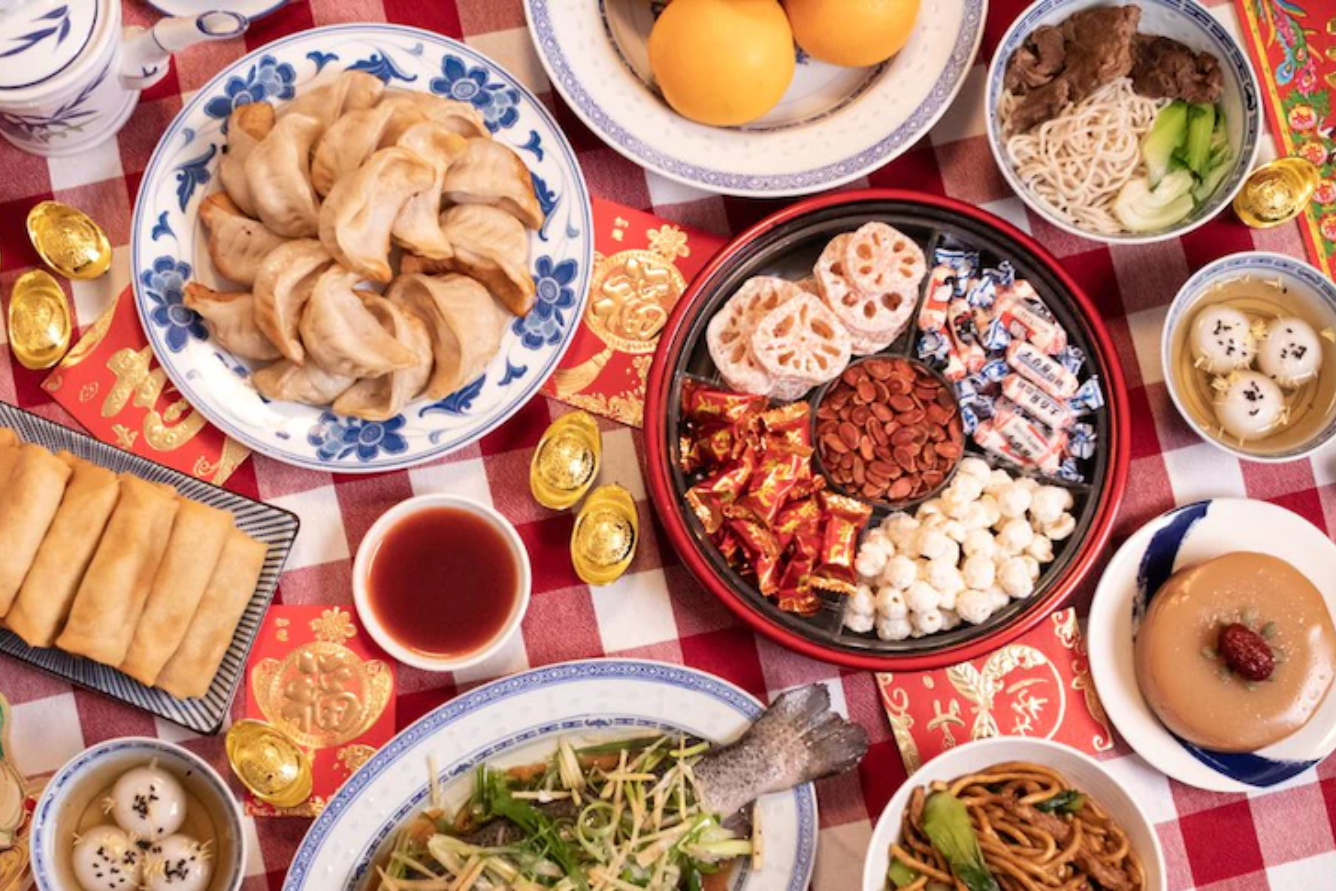

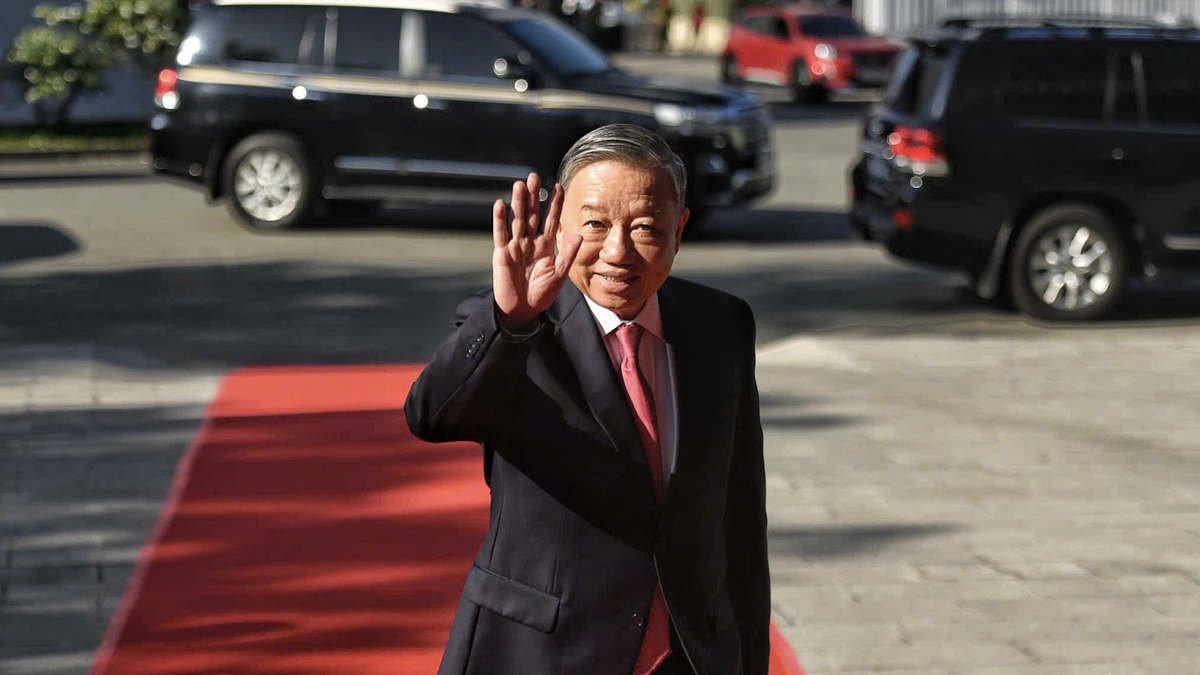

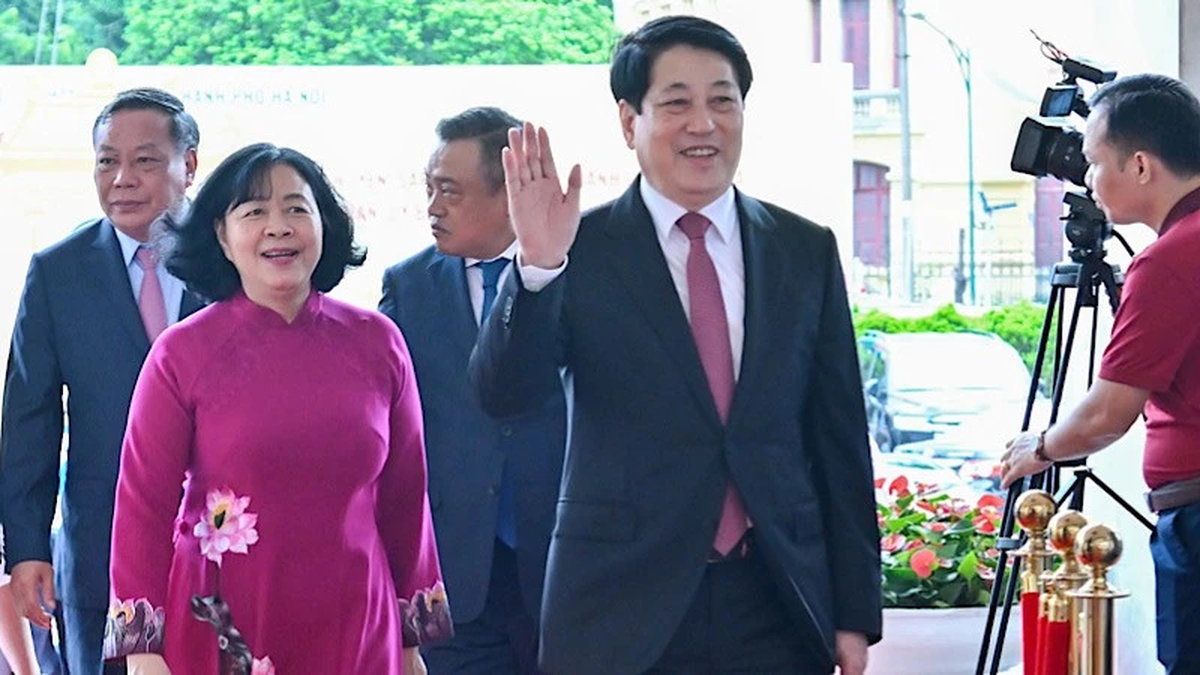




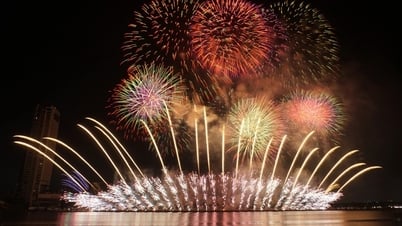

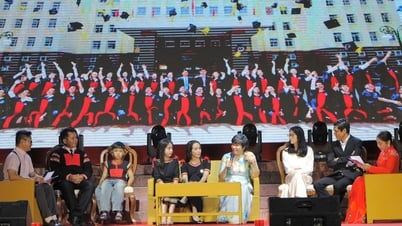

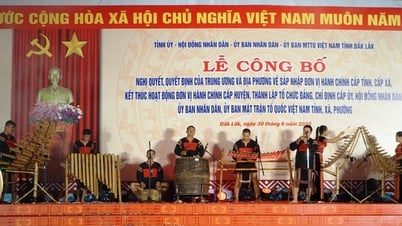
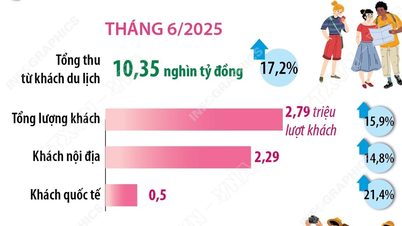



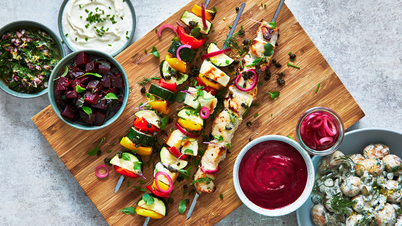



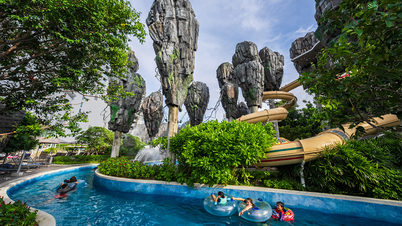
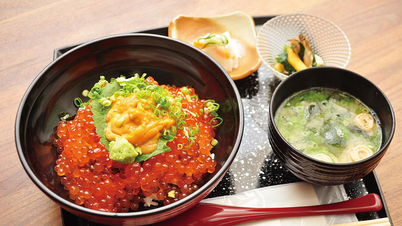




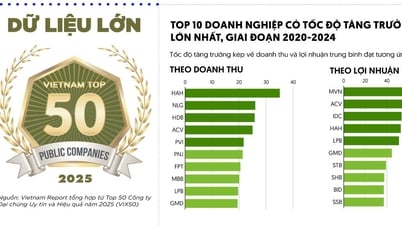
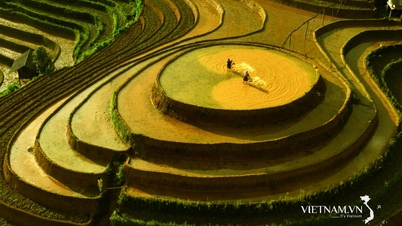


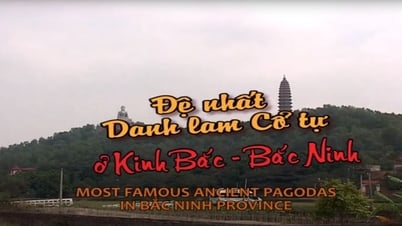

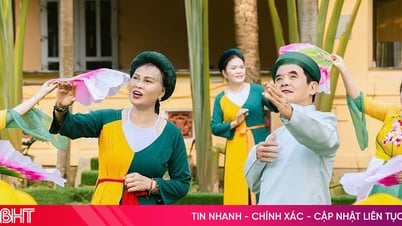







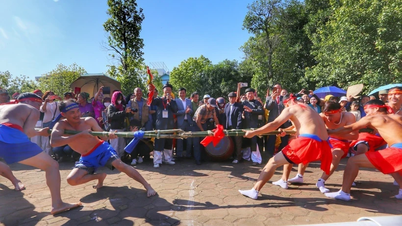
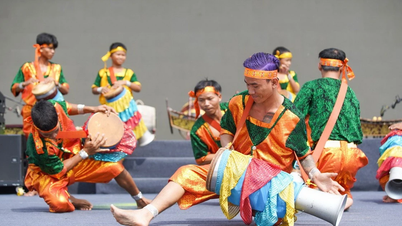



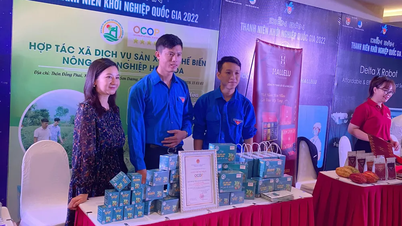


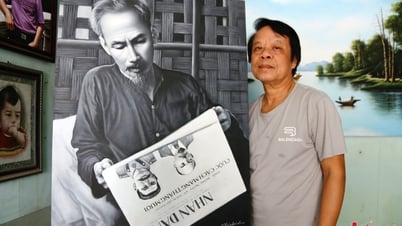

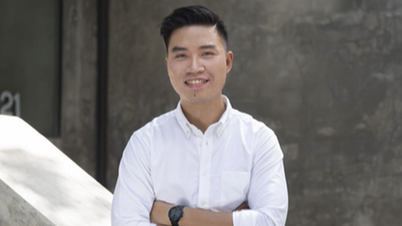




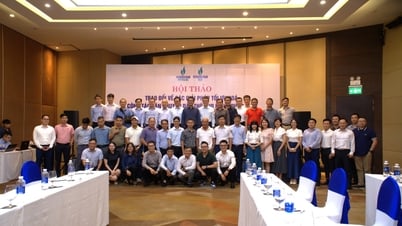
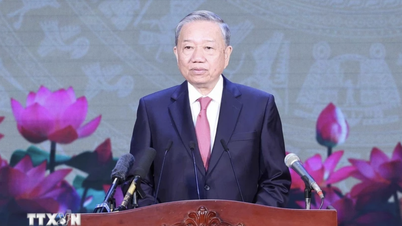
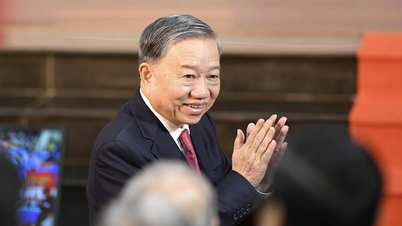

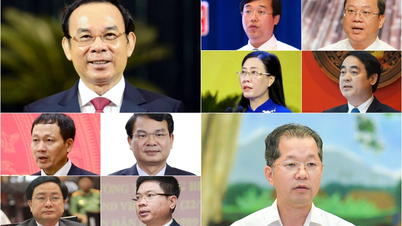
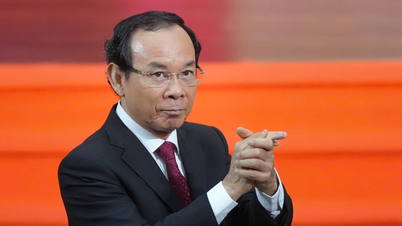

![[Photo] General Secretary attends the announcement ceremony of Resolutions on merging administrative units in Ho Chi Minh City](https://vphoto.vietnam.vn/thumb/402x226/vietnam/resource/IMAGE/2025/6/30/ab1bd03cc8bb4f60b2665f4915f258c5)
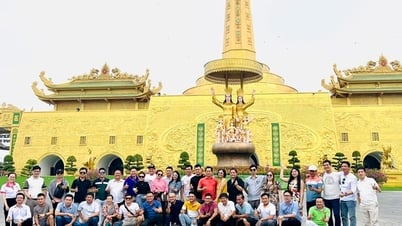




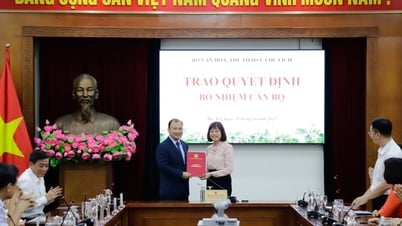
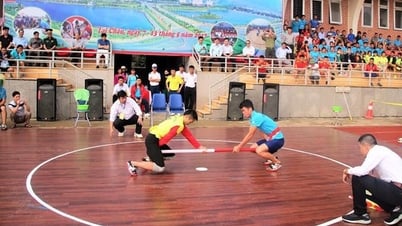




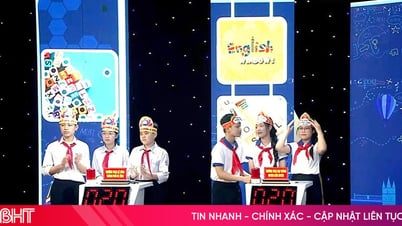




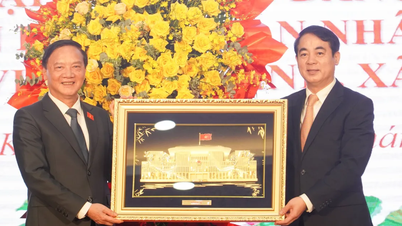




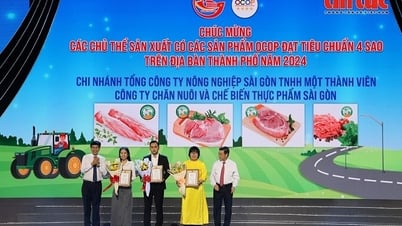

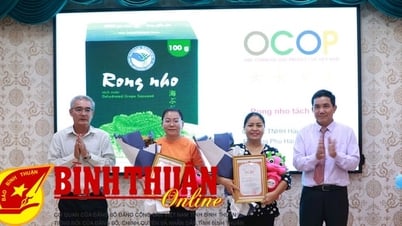





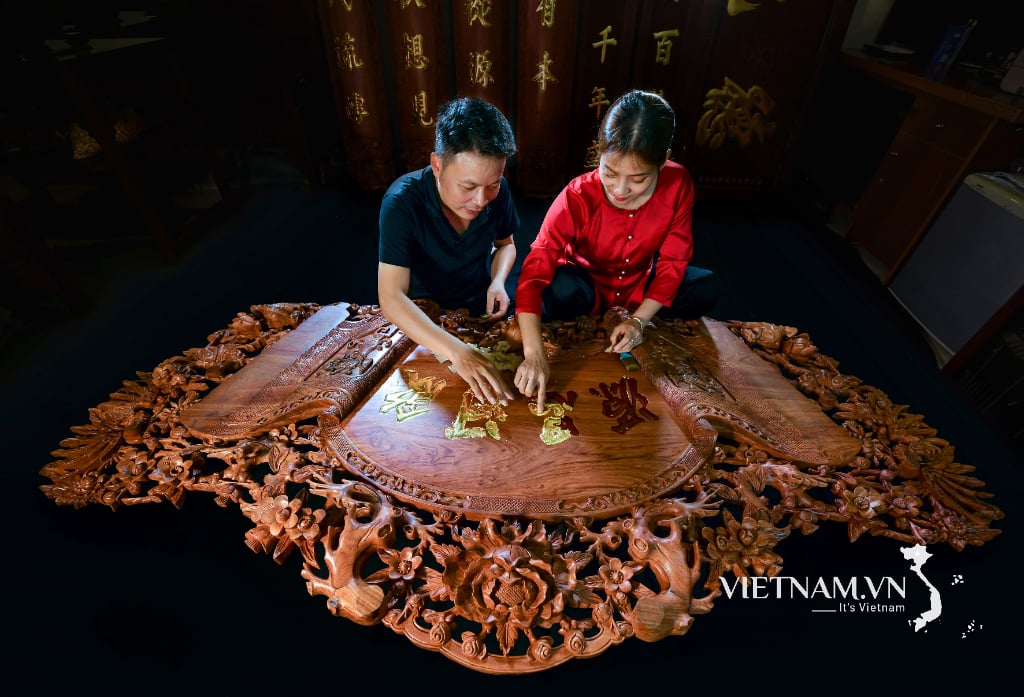


Comment (0)